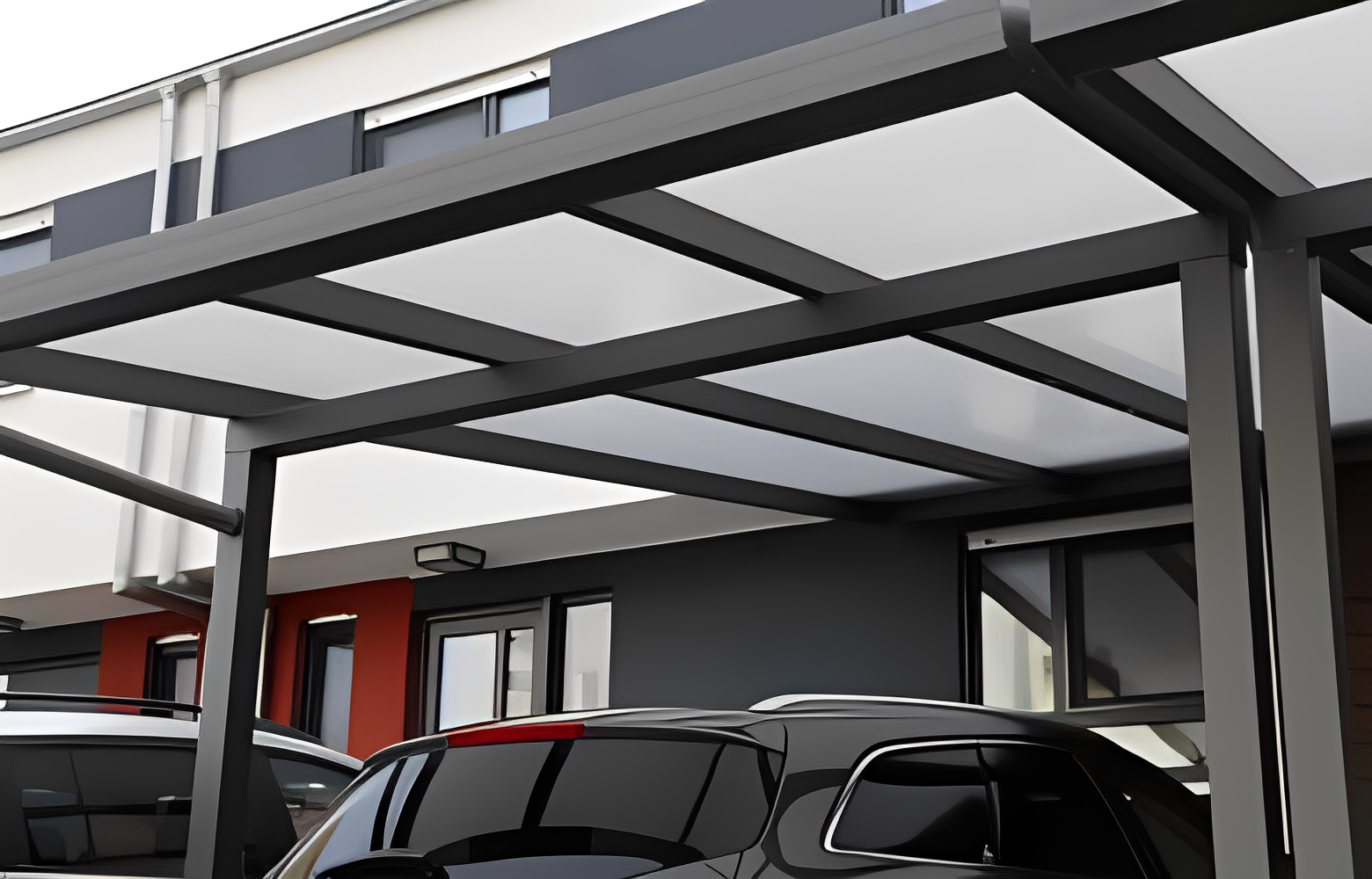Table of Contents
Introduction: Unpacking The Importance Of Carports-
Carports are often the unsung heroes of home design. However, the perfect combination of practicality and aesthetics that they offer earns them silent praises. This essence of beauty and duty is what makes carports a valuable asset in any home. Their ability to provide protection for our valuable automobiles against harsh weather elements, coupled with their unique styles that can significantly boost the curb appeal of any property, make them deserving of more attention.
The purpose of a carport stretches beyond merely providing shade for your car. The value added by having a carport in your property scales into enhancing your home’s exterior look, potentially improving your property’s value. Furthermore, carports can be multipurpose, serving as an outdoor entertainment area for family gatherings or a storage centre for gardening essentials. For all these reasons, understanding carport design is crucial, whether you are installing a new one or refurbishing an existing structure.
What Exactly Is A Carport?
Carports are covered structures used primarily to store and protect vehicles from adverse weather conditions. Essentially, the design includes roof support and open-sided or partially walled structures, which is different from a fully enclosed garage. The partial enclosure or outdoor setting of carports enables easy accessibility while adding an open-feel to your home exterior.
The main differentiating factor between a carport and garage lies in their format and construction style. Garages are typically part of the home’s main structure and are fully enclosed. In contrast, carports can be either attached to the house or be standalone fixtures, and they are open on at least one or two sides. Fundamentally, the choice between a carport and garage often depends on the homeowners’ specific needs, space availability, budget, and personal preferences.

The Nitty-Gritty Of Carport Design: Nailing The Basics**
Designing a carport involves considering several crucial factors. One must contemplate the amount of space available, the size and number of vehicles to accommodate, the desired aesthetic in sync with your home design, and the prevailing weather conditions in your area. Additionally, considerations around maintenance requirements, budget, and local building laws can also influence your carport design choice.
Carport designs are abundant, and each comes with its benefits and drawbacks. For instance, a flat roof carport is easy to construct and budget-friendly; however, it might not be the best choice for areas with heavy rainfall or snow. Similarly, while gable carport designs are high-end, offering excellent protection and aesthetic appeal, they may require more maintenance and a higher budget. Some popular carport styles in Australia, like the Dutch gable, the skillion, and hip-end carports, offer a good blend of design and function, adding a touch of elegance to Australian homes.
A Close Examination Of Carport Materials
Material choice is paramount in building a durable carport. Choosing the wrong material could lead to premature wear and tear, forcing you to foot repair or replacement bills earlier than anticipated. Key factors to consider when selecting carport materials include your budget, the expected lifespan, maintenance required, your area’s weather conditions, and aesthetic preferences.
Common carport materials include wood, aluminium, and steel. Wood carports add a touch of traditional elegance but require regular maintenance and may not fare well in wet regions. Meanwhile, aluminium is a good choice for those seeking durability and corrosion resistance, but without the heaviness of steel. Steel carports, on the other hand, are robust and long-lasting, though may be on the more expensive side.
Tread Carefully: Legal Regimes Surrounding Carport Installation
Before embarking on installing your carport, it is imperative to stay informed about the relevant local council’s approvals and regulations in Australia. Key considerations include acquiring the necessary permits, following zoning laws, and adhering to building codes around safety and design guidelines. Ignorance or disregard of these norms could result in legal issues.
Staying updated with local zoning laws is crucial as these laws regulate the size, style, height, and location of structures on your property. The zoning laws can vary from one jurisdiction to another, and failure to comply could lead to fines, penalties, or even a mandate to demolish the structure. Therefore, it is always advisable to engage a local professional or the council before starting your carport project.
A Guide To Carport Installation
Installing a carport could be a strenuous task depending on the size, design, and materials chosen. It involves several steps, including preparing the site, setting up the posts, framing the structure, to finally attaching the roof. Depending on the type of carport, you might need additional steps like sealing or painting.
Common challenges during carport installation include complex assembly instructions, inadequate tools or skills, or unforeseen site complications. Overcoming these challenges may call for a flexible approach and attention to detail. If things get too complicated, it might be worth calling in a professional to ensure it is done correctly and safely.
Navigating The Twists And Turns Of Carport Repairs
Carports are mostly sturdy structures but may require occasional repairs and maintenance to keep in their prime condition. Common issues might include rust, leaks, structural weaknesses, or faded finish. Understanding how to address these problems can add life to your carport while maintaining its functional and aesthetic value.
Addressing carport repairs need a balanced approach. While simple fixes like paint touch-up or tightening loose fittings can be easily addressed DIY style, complex issues like structural repair or roof substitution may require professional intervention. Essential to note is that any DIY repair should restore safety, not undermine it. Therefore, when in doubt, it’s best to consult professionals.
The Green Initiative: Sustainable Carport Designs In Vogue
Designing sustainable, eco-friendly carports is gaining traction in today’s world. The inclusion of renewable elements like solar panels not only add to your green credentials but also harness solar energy for your needs. Some carports integrate green roofing with grass, which helps provide insulation and regulate local climates within homes.
Going green with your carport choice not only benefits the environment but also adds a unique aesthetic appeal and futuristic vibe to your home. It is a choice that unites the trinity of practicality, pride, and planet preservation.
The Dollars & Sense: Understanding Carport ROI
Crafting a budget for your carport design and installation is vital to prevent cost overruns and manage expectations. The costs can vary based on factors like size, design style, material choice, labour costs, and permit costs.
Furthermore, investing in a carport installation comes with a fair return on investment. Biggest potential benefits include increased property value, reduced car repair costs (since the carport protects your vehicles from harsh elements), and possibly reduced insurance premiums. Therefore, while installing a carport requires some capital outlay, the long-term benefits often justify the expenditure.








